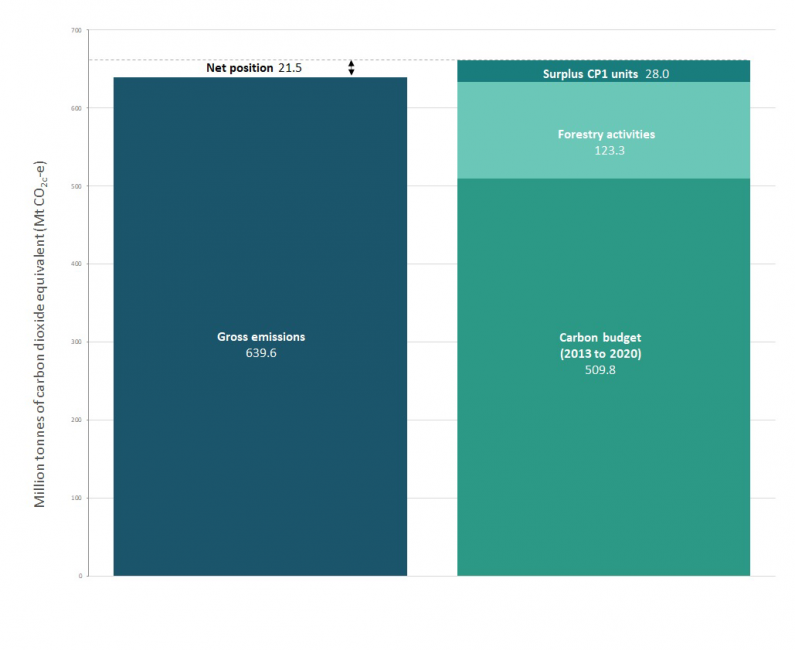The Crown held over 28 million surplus international units from the Kyoto Protocol’s first commitment period (surplus CP1 units) that the Government was confident had environmental integrity.
After cancelling 6.5 million of the units to meet the 2020 target in September 2023, the Government decided to also cancel all remaining 21.5 million units in the Crown Holding Account.
In mid-2020, the Government had cancelled 95.4 million units that were of low or questionable quality. Additionally, around 0.3 million units have been cancelled since 2016 through voluntary cancellations. The table below provides the detailed changes that have occurred since the CP1 target was met.
|
Units retained from CP1
|
123,749,012
|
|
Units cancelled by the Government in mid-2020
|
95,400,000
|
|
Units cancelled through voluntary cancellations (since 2016)
|
331,797
|
|
Units cancelled by the Government to meet the 2013-2020 target
|
6,544,586
|
|
Remaining surplus units cancelled
|
21,472,629
|
|
CP1 units (as at 26 September 2023)
|
0
|
